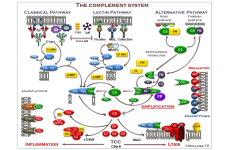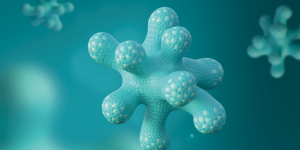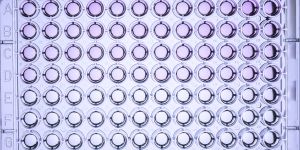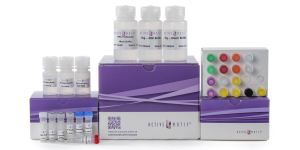CRISPR/Cas9
Nobel Prize in Chemistry 2020
This years Nobel Prize in Chemistry was awarded to Emmanuelle Charpentier and Jennifer A. Doudna for discovering one of gene technology’s sharpest tools: the CRISPR/Cas9 genetic scissors. Using these, researchers can change the DNA of animals, plants and microorganisms with extremely high precision. This technology has had a revolutionary impact on the life sciences, is contributing to new cancer therapies and may make the dream of curing inherited diseases come true.
“There is enormous power in this genetic tool, which affects us all. It has not only revolutionised basic science, but also resulted in innovative crops and will lead to ground-breaking new medical treatments,” says Claes Gustafsson, chair of the Nobel Committee for Chemistry.
>> More information on the Nobel Prize in Chemistry 2020
CRISPR/Cas9 - A Versatile and Fully-Customizable Genome Editing Tool
CRISPR (Clustered Regularly Interspaced Short Palindromic Repeats) sequences were originally identified in the Escherichia coli (E. coli) genome, and were found to function as part of an RNA-based adaptive immune system to target and destroy genetic parasites at the DNA level.
Cas (CRISPR-associated protein) is an endonuclease that cuts foreign DNA, allowing integration into the host genome. Cleavage only occurs when there is a protospacer adjacent motif (PAM) around the targeted sequence of the invading DNA, ensuring highly accurate targeting.
 CRISPR/Cas9 has become a popular genome editing tool, due to its simplicity and versatility. It allows for highly specific genomic modification and targeted gene silencing. The Cas9 nuclease introduces a double strand break, which is then repaired by a highly error-prone process called Non-Homologous End Joining (NHEJ). This can result in a framshift insertion or deletion (inDel), thus effectively silencing the gene. In addition to NHEJ, cells can utilize Homology Directed Repair (HDR), which can be exploited to introduce specific modifications to genomic DNA. If a repair template is provided containing the desired new sequence, flanked by homologous sequences immediately upstream and downstream of the double strand break, the new sequence will be permanently introduced into the genomic DNA via HDR.
CRISPR/Cas9 has become a popular genome editing tool, due to its simplicity and versatility. It allows for highly specific genomic modification and targeted gene silencing. The Cas9 nuclease introduces a double strand break, which is then repaired by a highly error-prone process called Non-Homologous End Joining (NHEJ). This can result in a framshift insertion or deletion (inDel), thus effectively silencing the gene. In addition to NHEJ, cells can utilize Homology Directed Repair (HDR), which can be exploited to introduce specific modifications to genomic DNA. If a repair template is provided containing the desired new sequence, flanked by homologous sequences immediately upstream and downstream of the double strand break, the new sequence will be permanently introduced into the genomic DNA via HDR.
Together with our partner Genscript, expert for CRISPR/Cas9, we can support your research with knowledge and quality products around this highly promising method.
 >> Genscript CRISPR Handbook (pdf)
>> Genscript CRISPR Handbook (pdf)
>> GenScript CRISPR sgRNA Design Tool
14.10.2020

Complement System
WIESLAB® Functional Assays from Svar

Serum-free Organoid...
Afamin/Wnt3a Complex

Uncoated ELISA Kits
The cost-saving choice

Microplastics
Reference Materials from LGC Standards

CUT&Tag-IT
Genome-wide analysis of histone marks

